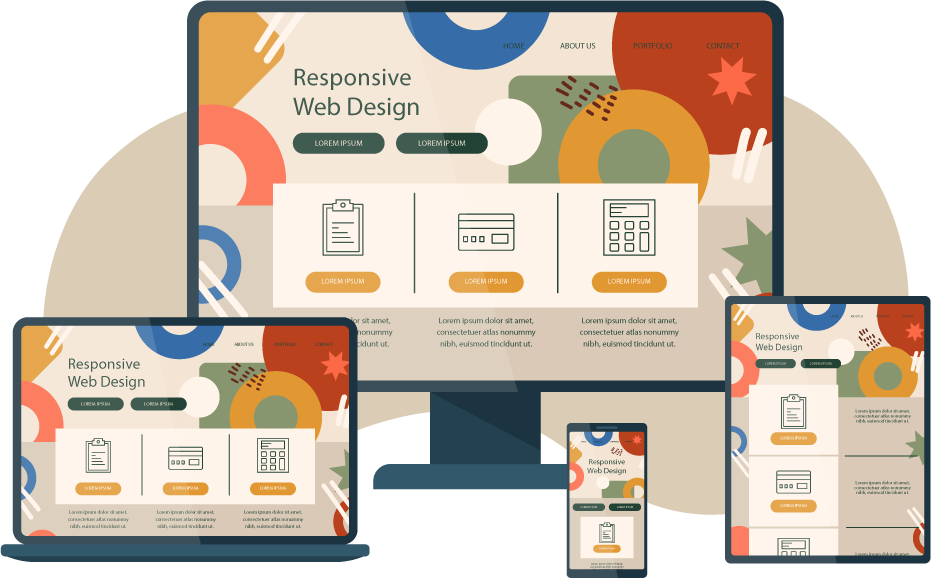Digital Marketing
Digital marketing encompasses a broad range of online strategies. Some key words include SEO, SEM, PPC, Content Marketing, Social Media Marketing, Email Marketing, and Conversion Rate Optimization. Additionally, understanding concepts like target audience, customer journey, brand awareness, and lead generation are crucial.
Here's a more detailed breakdown of some important digital marketing terms:
Strategies & Tactics:
- Search Engine Optimization (SEO):Improving a website's visibility in search engine results to attract organic (non-paid) traffic.
Search Engine Marketing (SEM): - A broader term encompassing SEO and paid search advertising (PPC).
Pay-Per-Click (PPC): - A form of online advertising where advertisers pay each time a user clicks on their ad.
Content Marketing: - Creating and distributing valuable, relevant, and consistent content to attract and retain a target audience.
Social Media Marketing (SMM): - Using social media platforms to build brand awareness, engage with customers, and drive traffic to a website.
Email Marketing: - Using email to communicate with customers, build relationships, and promote products or services.
Conversion Rate Optimization (CRO): - The process of optimizing a website to increase the percentage of visitors who take a desired action (e.g., making a purchase, filling out a form).
Key Concepts:
- Target Audience: The specific group of people a marketing campaign is trying to reach.
- Customer Journey: The entire process a customer goes through when interacting with a brand, from initial awareness to purchase and beyond.
- Brand Awareness: The extent to which consumers are aware of a brand's existence and its products or services.
- Lead Generation: The process of identifying and attracting potential customers who may be interested in a product or service.
- Keyword: A word or phrase used by users when searching online.
- Click-Through Rate (CTR): The percentage of users who click on an ad after seeing it.
- Conversion Rate: The percentage of website visitors who complete a desired action.
- Cost-Per-Click (CPC): The amount an advertiser pays for each click on an ad.
- Cost-Per-Thousand (CPM): The amount an advertiser pays for every 1,000 impressions of an ad.
- Remarketing/Retargeting: Showing ads to users who have previously visited a website.
- Inbound Marketing: Attracting potential customers with valuable content and engaging experiences.
- User Experience (UX): The overall experience a user has when interacting with a website or app.

